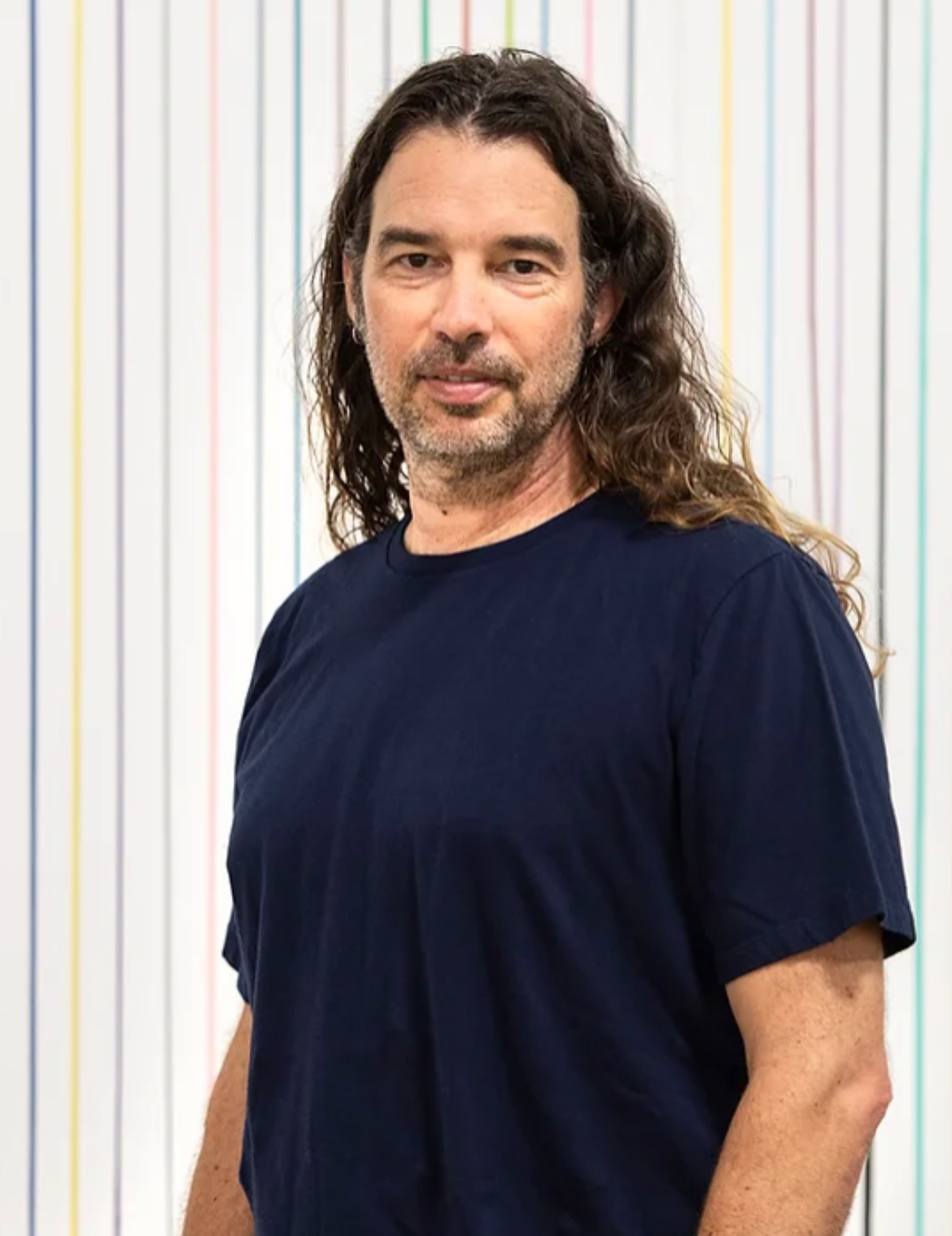We’re excited to introduce you to the always interesting and insightful Scott Ingram. We hope you’ll enjoy our conversation with Scott below.
Alright, Scott thanks for taking the time to share your stories and insights with us today. I’m sure there have been days where the challenges of being an artist or creative force you to think about what it would be like to just have a regular job. When’s the last time you felt that way? Did you have any insights from the experience?
I am very happy as an artist, but I also wear other hats in my community. I am a visual artist first, but I also manage a studio building called the Temporary Studios, and I produce The Temporary Art Center, which is a large-scale curatorial project. My studio practice allows me to get my hands dirty and create on a personal level. The Temporary projects allow me to engage my community in a meaningful way, which is also very important to me. So, in many ways, I have created a “regular job” for myself which allows some structure that I really crave but grow to hate quickly. I just need to swap hats for maximum happiness.
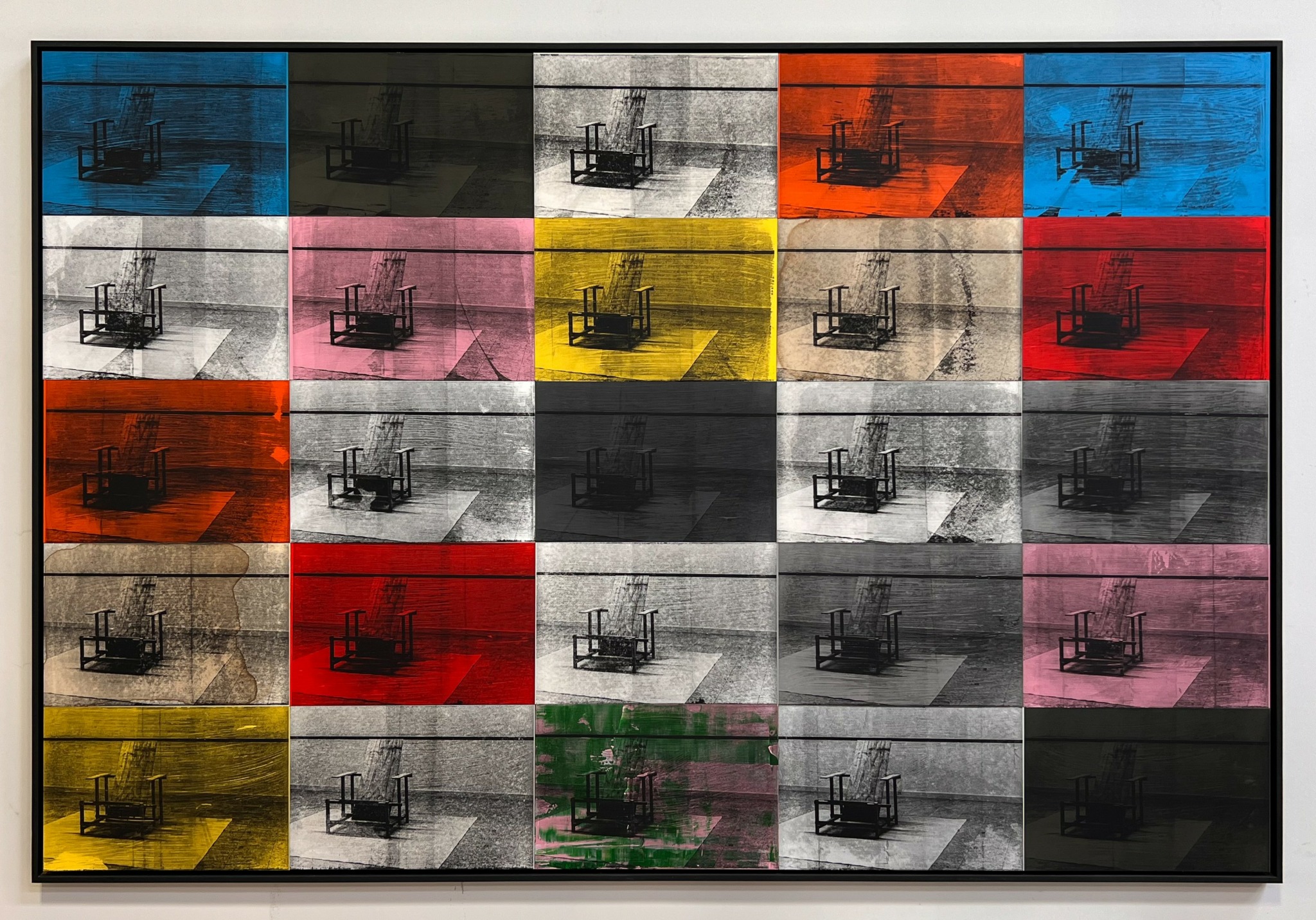
Scott, before we move on to more of these sorts of questions, can you take some time to bring our readers up to speed on you and what you do?
I’ve known since childhood that I would be a creative, back then I would have called it an “artist.” I took a very non-traditional approach to my career. I didn’t go to college for my art education. I had a very art-focused high school education and then I went to work for museums and galleries right out of high school. I read books and worked in the studio trying to find my voice. I wanted to be with the art and other artists. I wanted to see the back of the painting as much as the front. Working with galleries and museums gave me a lot of access to collectors and other folks that would create the network I use today.
Over the years, I have developed a huge interest in architecture, and I feel like that translates into so many areas of my practice and life. Architecture allowed me the headspace to sort out the things I do and do not like very quickly. It has given me a process by which I can look at so much in life and decide what I think is good, bad, important or interesting for myself. I apply this process to so much. When I begin a curatorial project, I start with the space/architecture to find the story that needs to be told in that time and space for my community, as well as the artists involved.
It all trickles out from there. The details of architecture reflect in the details of my own art, the color, light, material and overall content of the work. I once had an architect tell me, “These are really incredible pieces, but I think you would fail architecture school.” We chuckled, but it has been one the greatest compliments of my career because it was clear that architecture was never the goal, but it had engaged him. It made him ask questions about my process and intent, which is really the goal. 2 years later I did a project with the same architect, driving a 47-foot I-beam (that I had carved from wood), through a house he was renovating. The important difference is, what I do does not have to make sense It doesn’t need to serve a true function. It can be spectacle and it can be temporary.
As an artist I do not think it is my job to resolve my work for the viewer. My job it to engage them and make them ask questions, “why is he using nail polish?” Why is this cinder block made of foam and floating in a pool?
I do love to insert humor into the work. It is generally a dry humor and often an inside joke of sorts. Humor may look like a critique at times, but it is also one of the best ingredients in the work because it is an effective way to engage the viewer. They feel like they’ve been let in on a little joke.
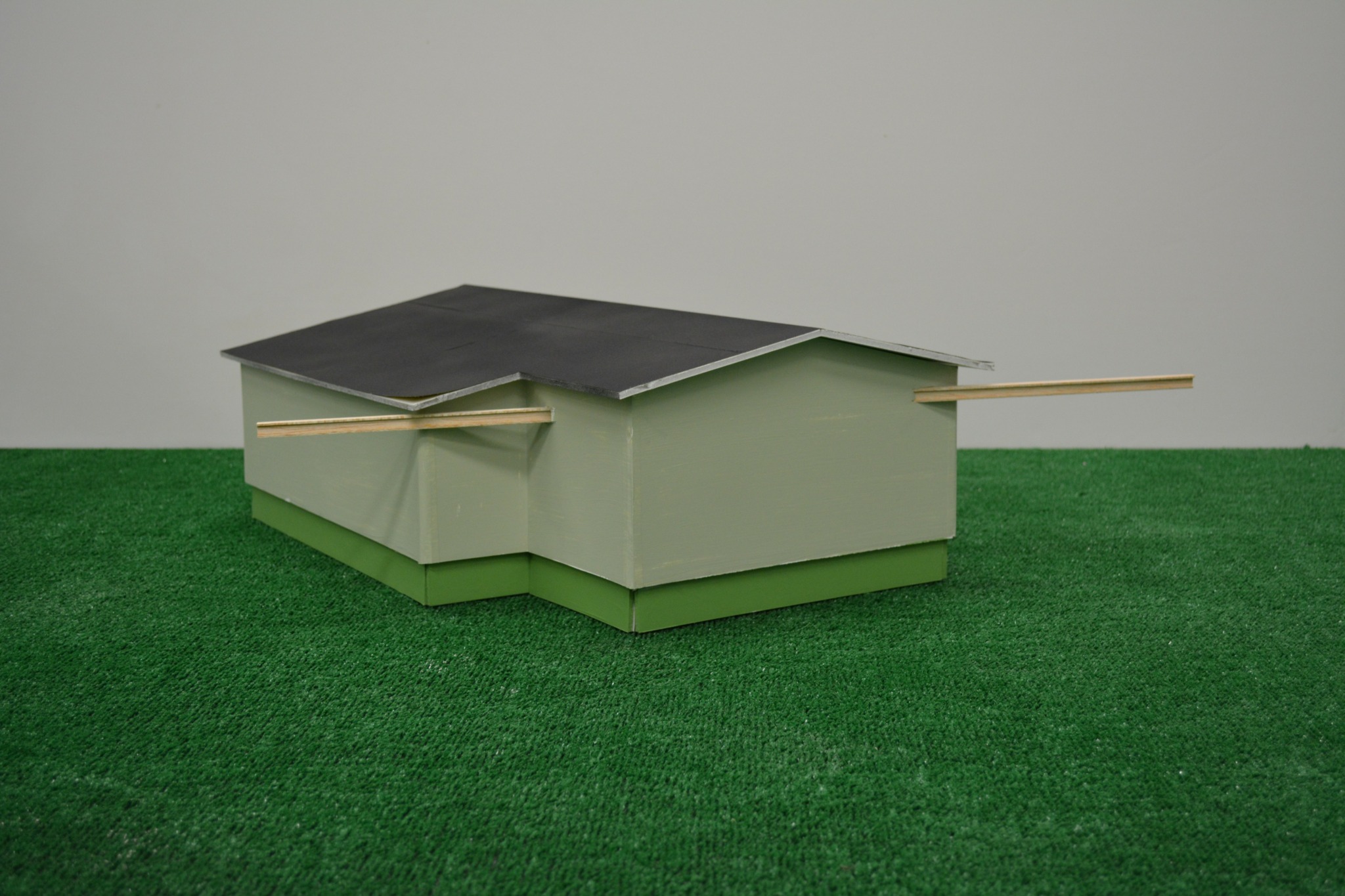
Is there a particular goal or mission driving your creative journey?
Someone once referred to me as a switchboard operator, and I liked the term, so I leaned into it a little more. I love people, and I love my community and friends. I enjoy talking with people, all kinds of people. The only goal I’ve set is to be happy and some days it’s a struggle and frustrating, but honestly creating something new is the best way to achieve happiness for me. Sometimes it takes months or years to realize a work or project, and that’s when the happiness comes. I don’t have to be happy all the time and often people you work with can bring great disappointment, which is why I look for joy from my own life.
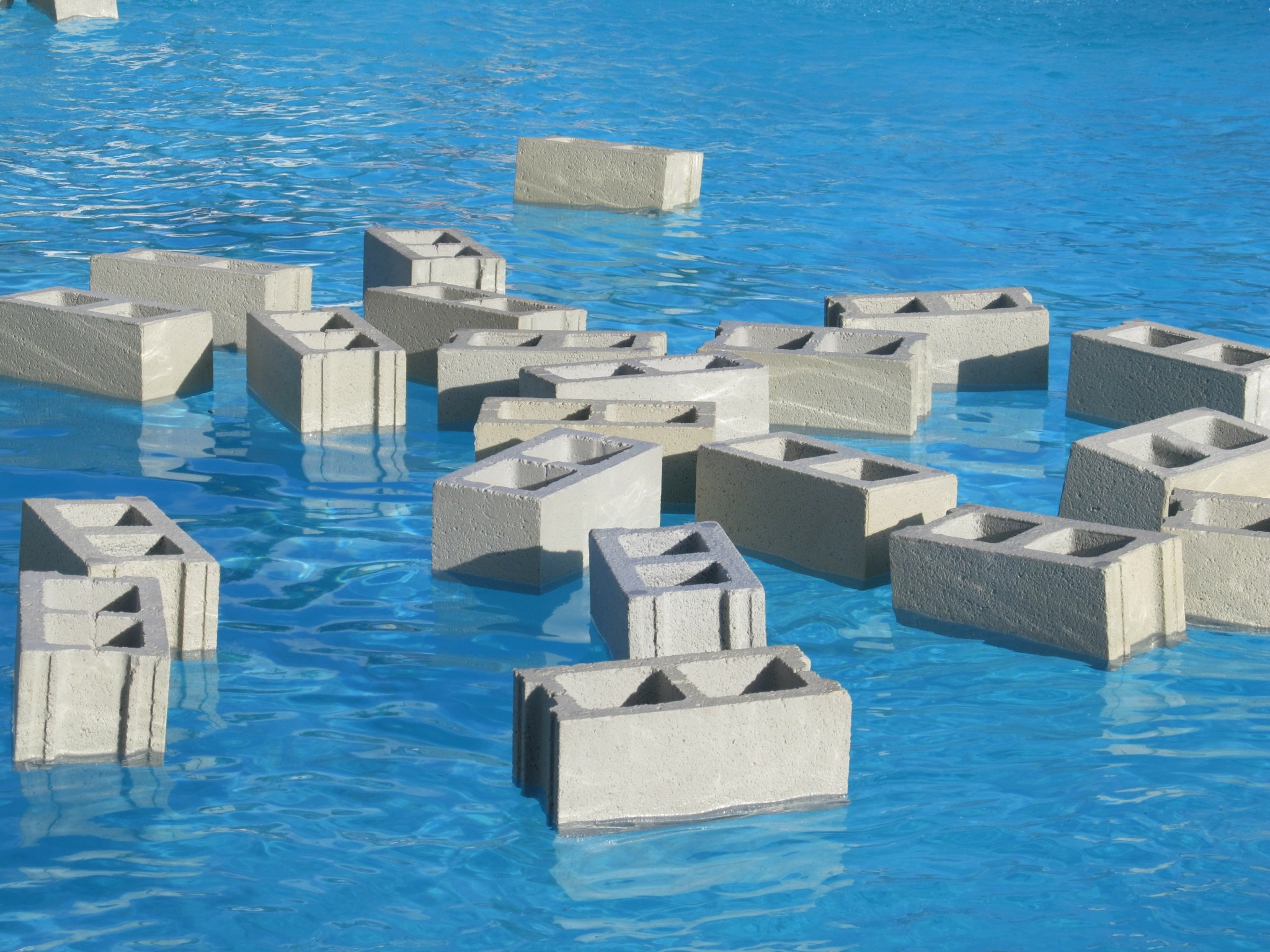
Have you ever had to pivot?
My pivot to curatorial projects from a straight up art career came out of both opportunity and need. My first curatorial project came when a gallery in Atlanta was being demolished for a new construction project. I was frustrated by Atlanta’s relentless need for destroying cool spaces to make room for another mixed-used development, displacing artists and creatives in the process. I asked a dozen artist to install permanent works in the space that would be destroyed with the building. It was a success and things grew from there.
I also started curating because I didn’t feel like my community was presenting a clear picture of the talent in Atlanta. I had friends that I wanted to show with in my community, since many of us had “exclusive” galleries, we never got to show together. I wanted a visual manifestation of the conversations we were all having in our studios and at bars. I wanted to create something that the other galleries and art institutions in Atlanta did not do. I also wanted to celebrate the talents of the amazing artists in my community.
The rationale for The Temporary Studios mirrors my journey to curatorial work. I had just lost my studio (yet again) to a developer, as did other friends, so I needed a space as did others. I found a 13,500 sq. ft. warehouse with an owner sympathetic to artists and the creative process. I pitched the idea of a space filled with some of the best artists working in Atlanta and he liked the vision and so The Temporary Studios was born. Because I run the studios I can curate the artists going into the spaces. It’s not just about who is the best. I’m looking at who will work well together. Who will bring something to this community that I’m in. As a result, we have 10 incredible artists that are all growing their careers together. We learn from each other. We have conversations and critiques and we push each other.
From an entrepreneurial place, I do not recommend doing any of these things I am talking about. There is no money in it, the reward is far less tangible.
Contact Info:
- Website: www.scottingramart.com www.thetemporaryatlanta.com
- Instagram: scottingrammaccom
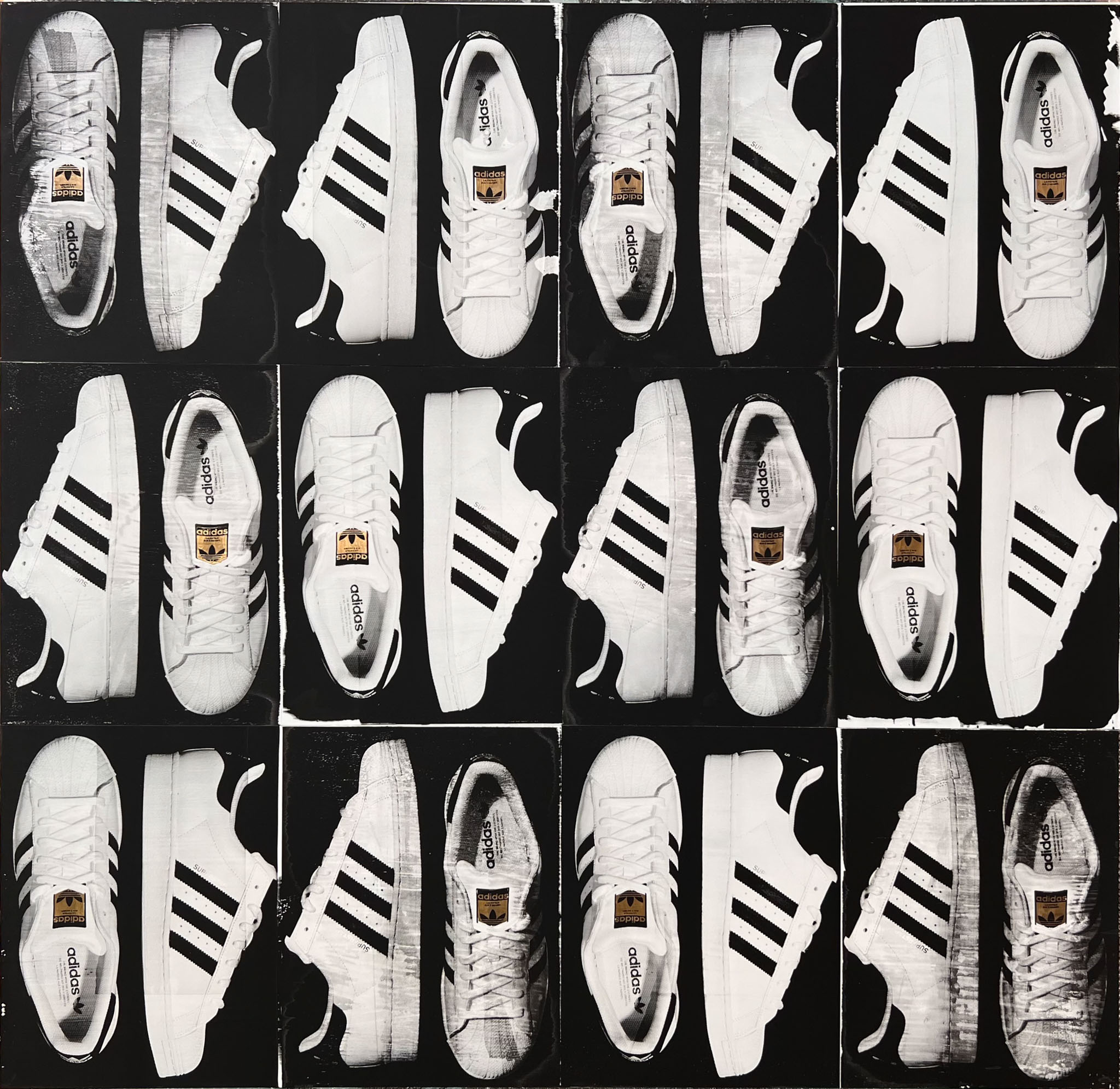



Image Credits
Headshot courtesy of Fredrik Brauer
All other images courtesy of the artist.


